The Africa Institute design by Adjaye Associates #architecture
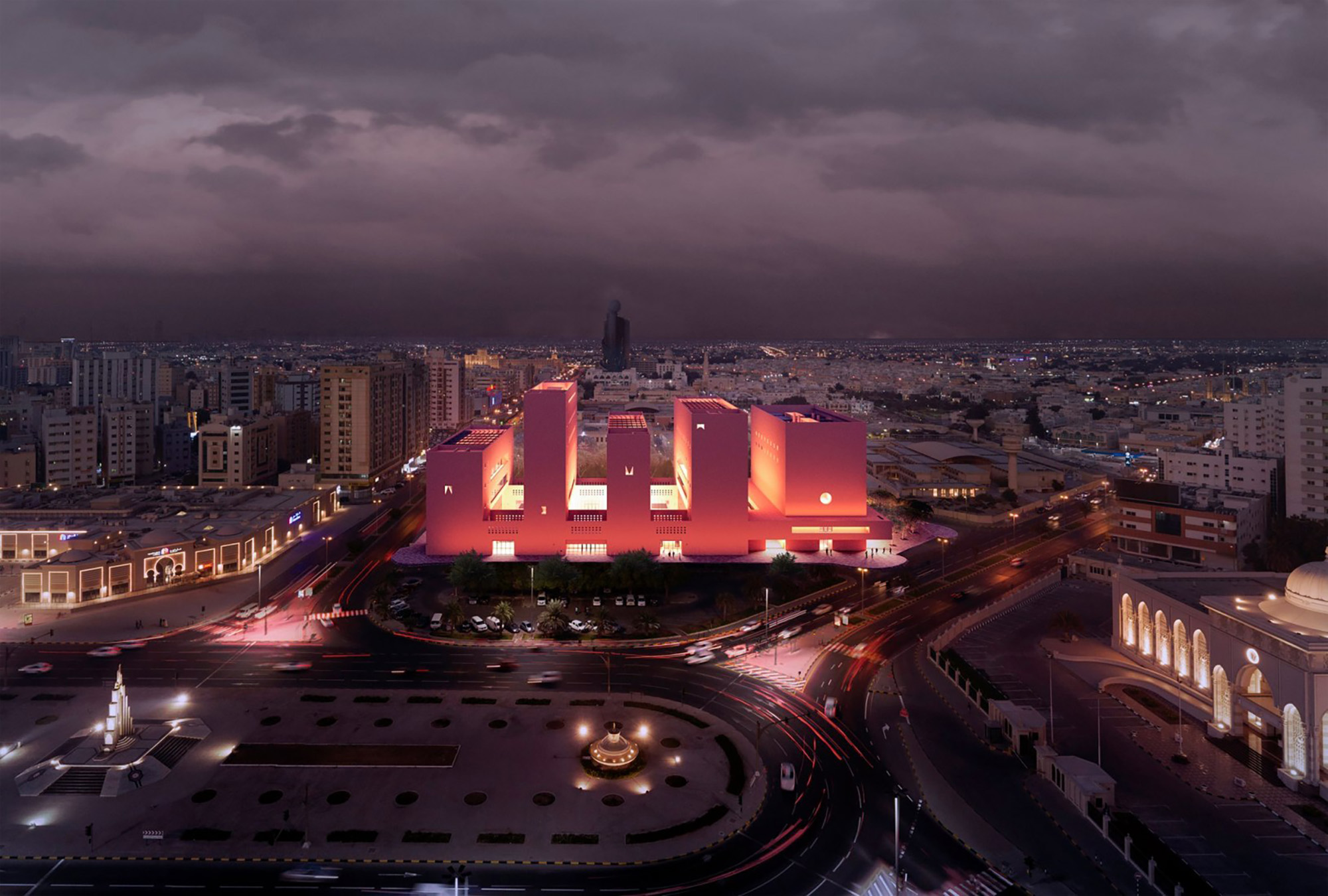
© Adjaye Associates, WSP

© Adjaye Associates, WSP
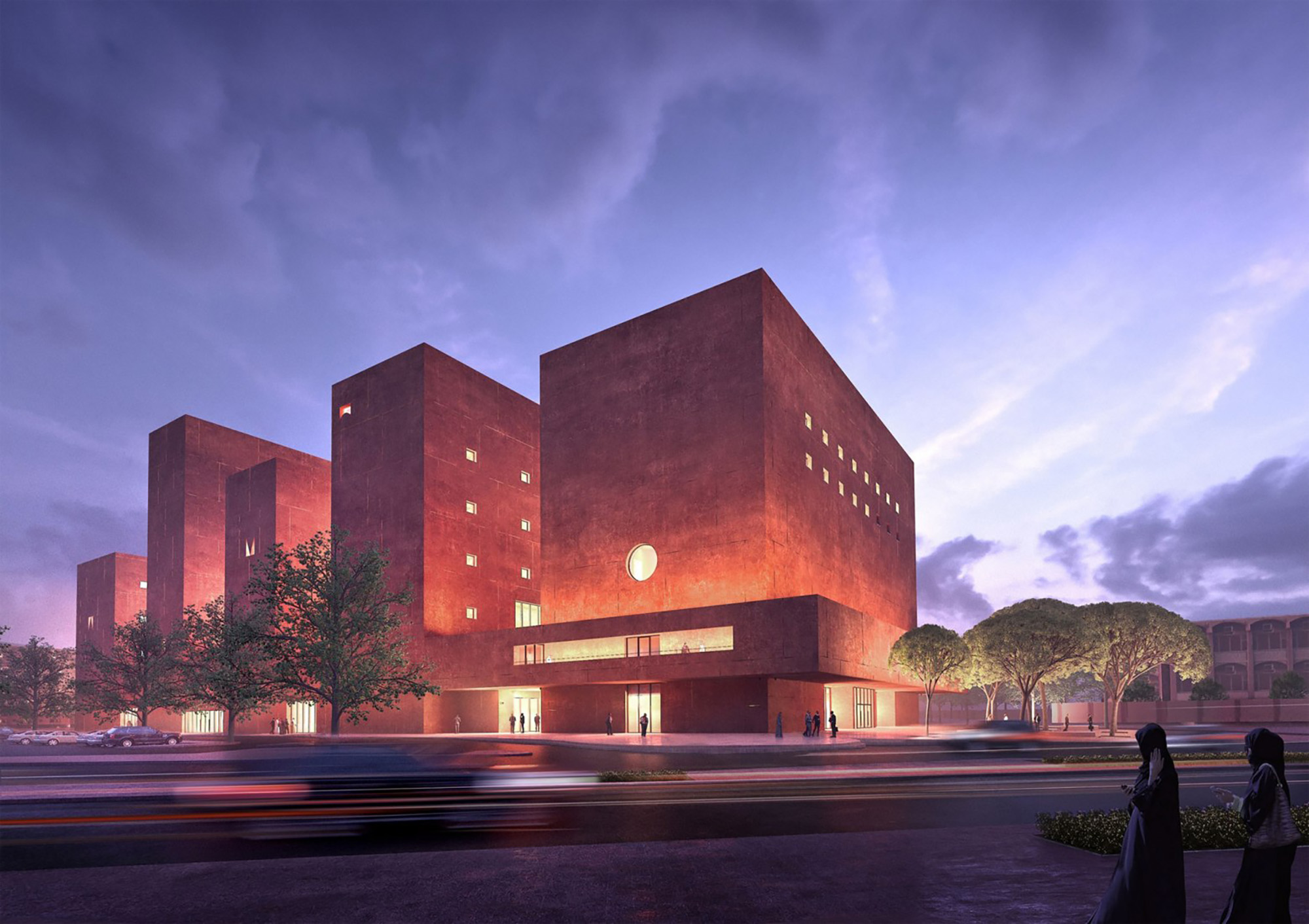
© Adjaye Associates, WSP

© Adjaye Associates, WSP

© Adjaye Associates, WSP

© Adjaye Associates, WSP

© Adjaye Associates, WSP

© Adjaye Associates, WSP
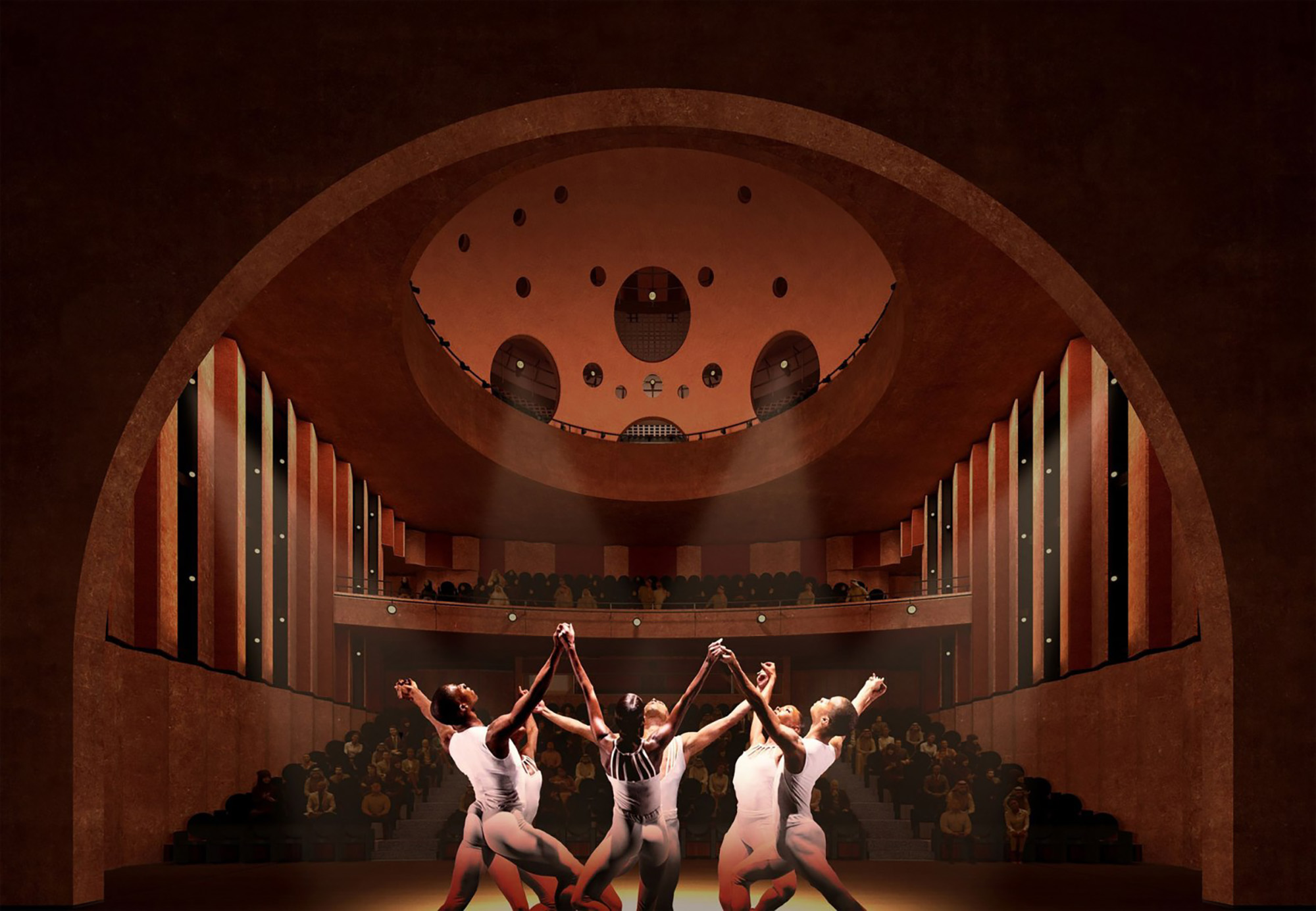
© Adjaye Associates, WSP
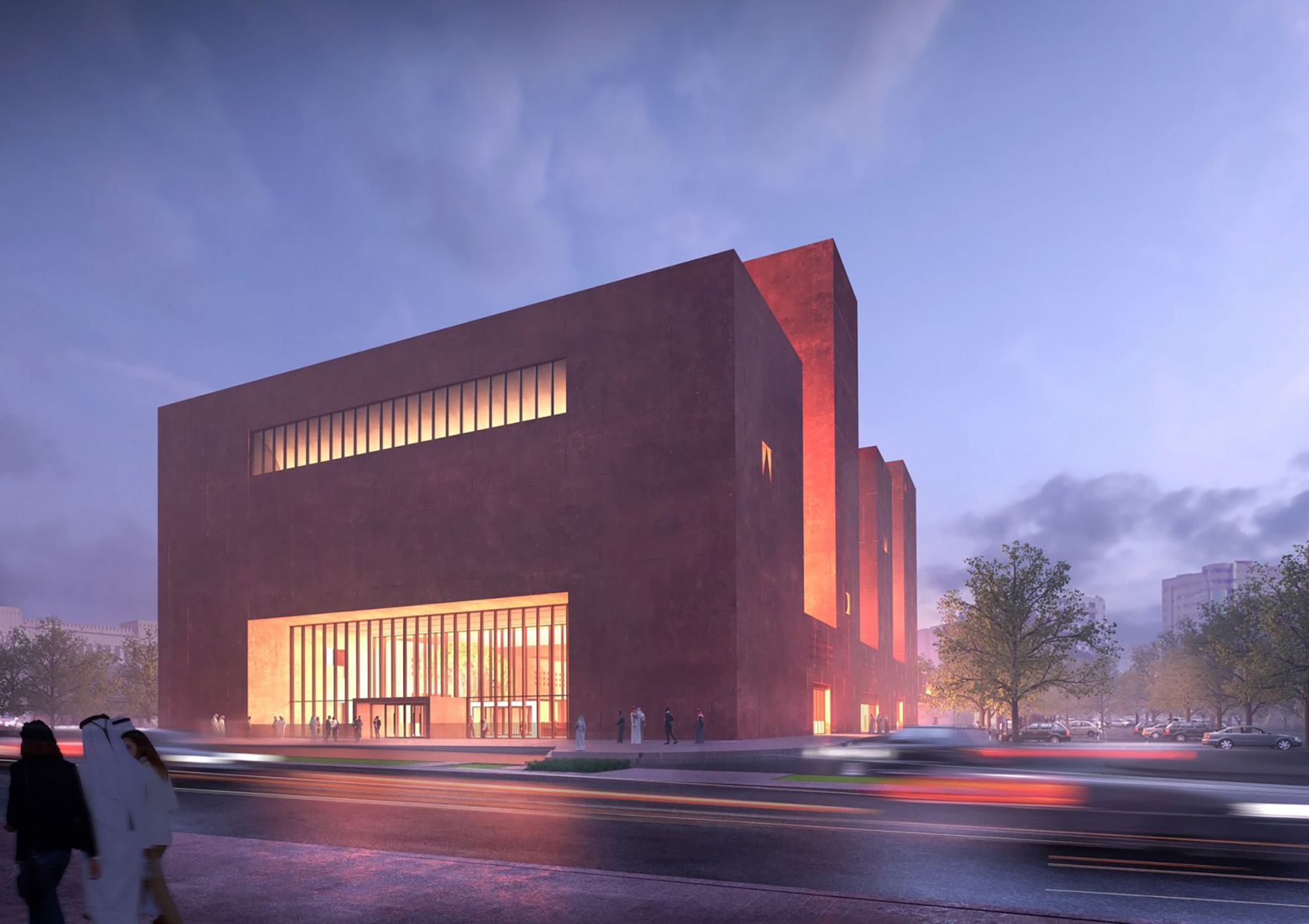
© Adjaye Associates, WSP
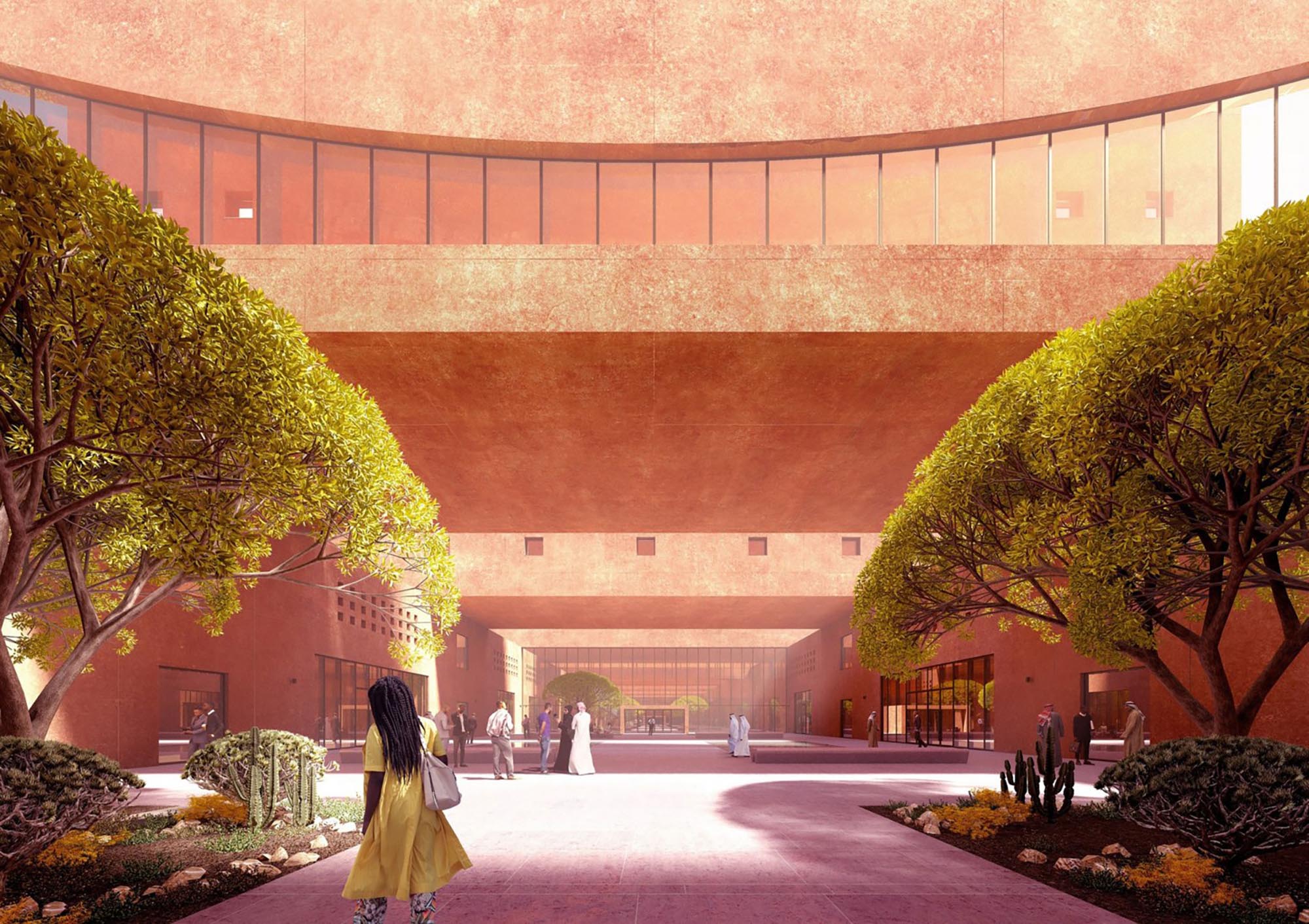
© Adjaye Associates, WSP
Project: The Africa Institute
Location: Sharjah, UAE
Status: Current
Area: 31,882 m² / 343,174 ft²
Category: Civic, Culture, Education
Design Architect: Adjaye Associates
Architect of Record: WSP
Client: Sharjah Art Foundation
Cost Consultant: Houston and Partners
Electrical Engineer: WSP
Lighting Consultants: Studio Fractal
Mechanical Engineer: WSP
Structural Engineer: WSP
Theatre Consultants: Charcoalblue
"I envision the new campus as a springboard, connecting and embodying the incredible history of Africa, the African diaspora, and the Arab world. - David Adjaye
Sited at the corner of the Post Office Roundabout in the Al Mankah neighbourhood of Sharjah, The Africa Institute is conceived as a citadel, centred within the urban landscape and extending through an open yet connected series of five hi-rise buildings that will come to define Sharjah’s skyline.
Sited at the corner of the Post Office Roundabout in the Al Mankah neighbourhood of Sharjah, The Africa Institute is conceived as a citadel, centred within the urban landscape and extending through an open yet connected series of five hi-rise buildings that will come to define Sharjah’s skyline.
Within its urban context, this arrangement is understood as a single institution which mediates between the different scales of the adjacent urban grain. Once inside, a shared internal courtyard punctuates the space and provides clear programmatic distinction. Taking its cues from the Gulf, Timbuktu, and Hausa architecture where trabeated solid masonry façades often shelter an internal courtyard, the ground floor is defined by the court which negotiates the transition between the city and The Africa Institute.
The project contemplates how one lives and learns, stimulated by this region where the language of the courtyard becomes a central form in which climate and construct cohabitate. There are four clearly identifiable volumes floating above the ground floor which span the short side of the court and house the main elements of the Africa Institute such as the Teaching, Learning and Administration. The Africa Hall— the fifth floating volume—closes the courtyard to the South and welcomes visitors from under a generous overhang, further evoking a regional language which requires the articulation of shade. The introduction of large overhangs efficiently reduces solar heat gains and contributes to the overall building performance without the employment of large, technical infrastructure.
Underground a unified basement combines plant and storage requirements with public programmes such as a Lecture Theatre. Supported by plinths and connected by a network of patios and support spaces, the interior spatial organization of the complex cultivates an interconnected atmosphere for intellectual exchange with unobstructed site lines across and in between the individual building blocks.
The exterior identity of this low carbon concrete structure is defined by four unobstructed, primarily solid facades which are designed to limit direct sunlight exposure. The heat absorbed from the structural walls is released at night when temperatures within the desert drop. The court-facing facades are punctuated by small square openings; where wide horizontal openings reflect the communal programme of classrooms, function areas and the library. Each of the court facades repeats the same elements in a different order creating a series of differing elevations which reflect the distinct character of the five volumes whilst maintaining the integrity of the ensemble.
Through the extension of the courtyard typology infused with an extended public realm–the space expands within the city as a newly centralized space of learning. A site of intellectual exchange between the Arab World and Africa, the Africa institute presents an architecture that redefines the ways in which the public, the regional landscape and the landscape of academic excellence, exist in conversation and support of one another.
Source: Adjaye Associates
m i l i m e t d e s i g n – w h e r e t h e c o n v e r g e n c e o f u n i q u e c r e a t i v e s
m i l i m e t d e s i g n – w h e r e t h e c o n v e r g e n c e o f u n i q u e c r e a t i v e s
Since 2009. Copyright © 2023 Milimetdesign. All rights reserved. Contact: milimetdesign@milimet.com
































